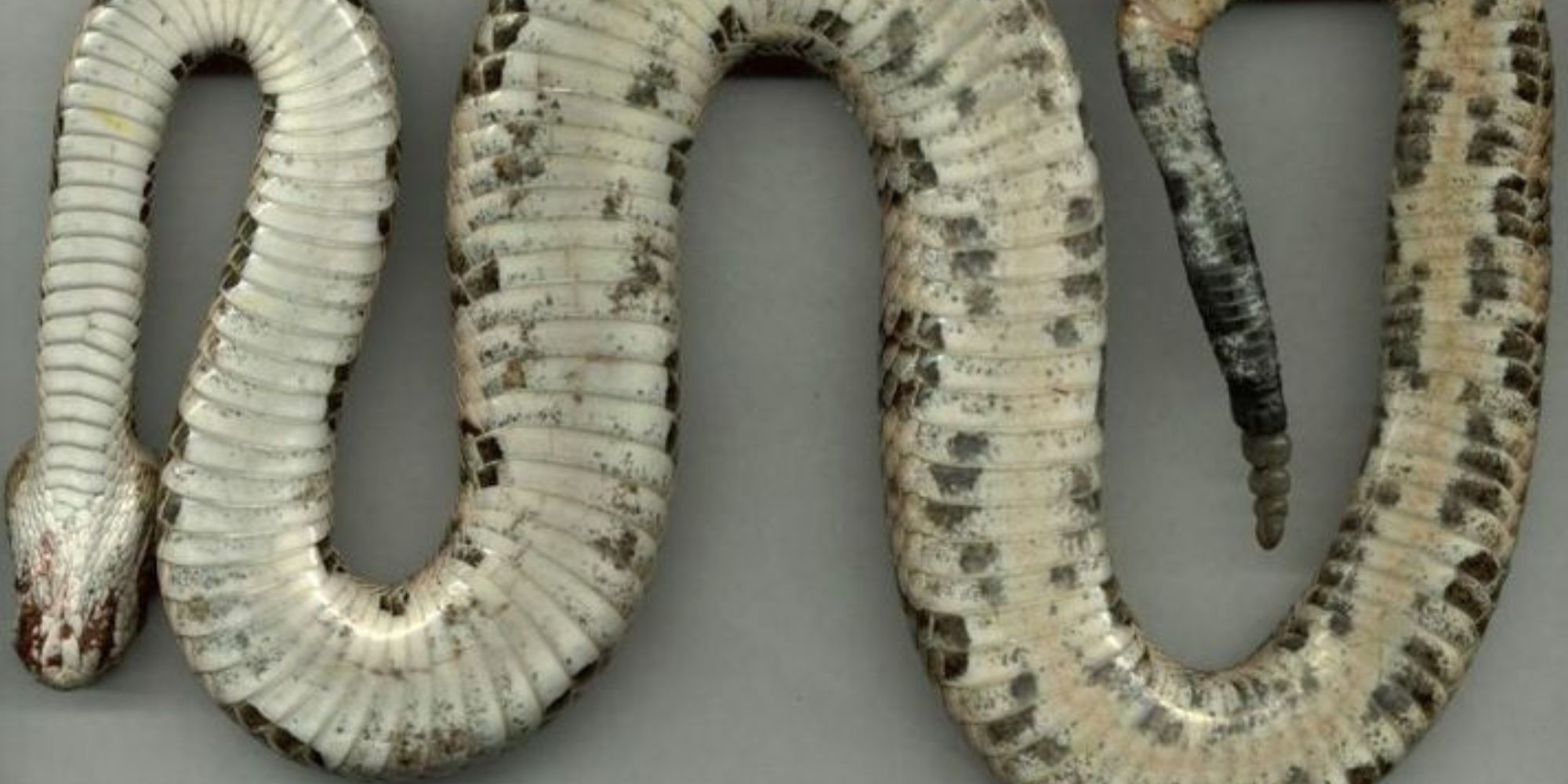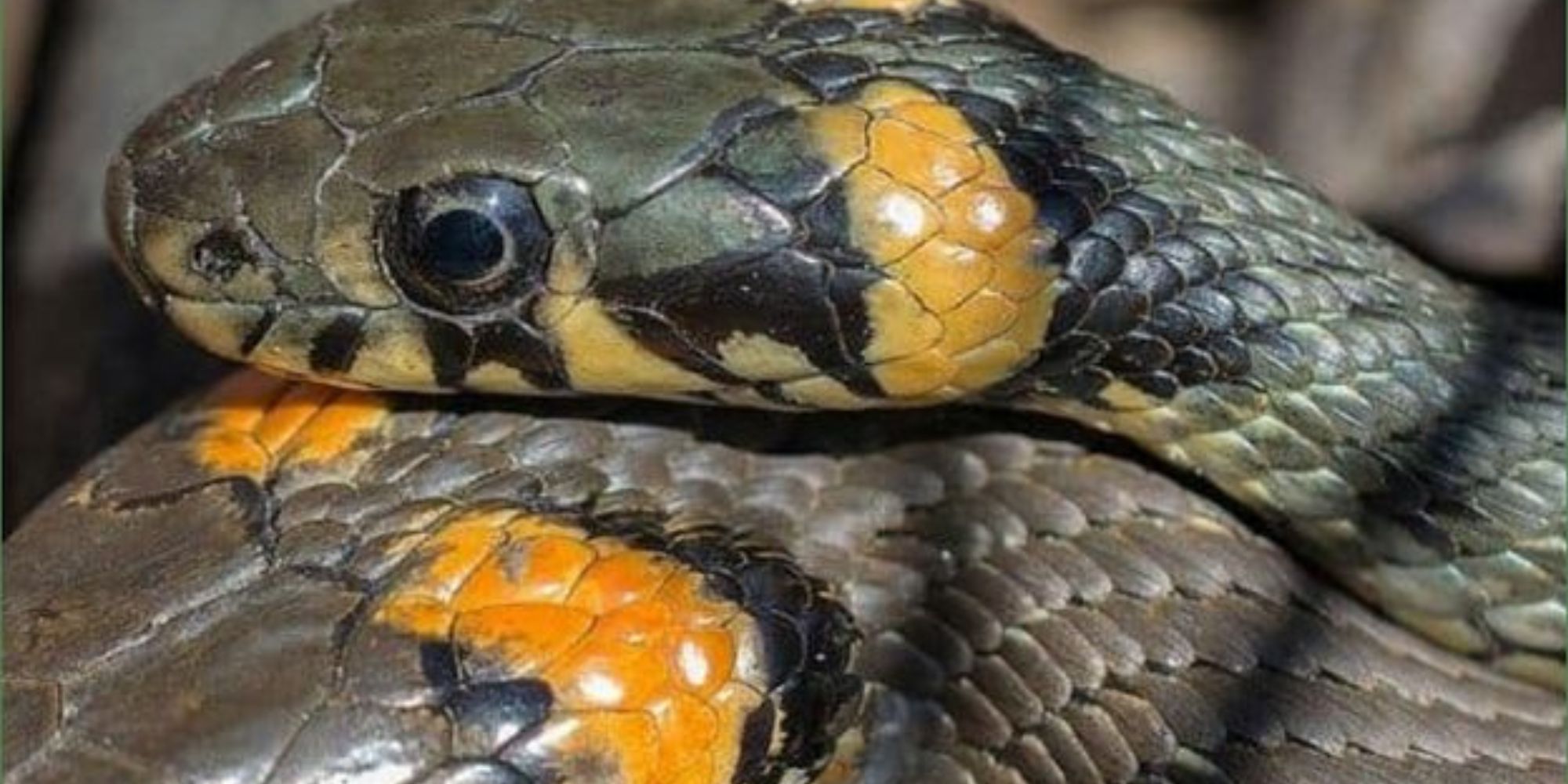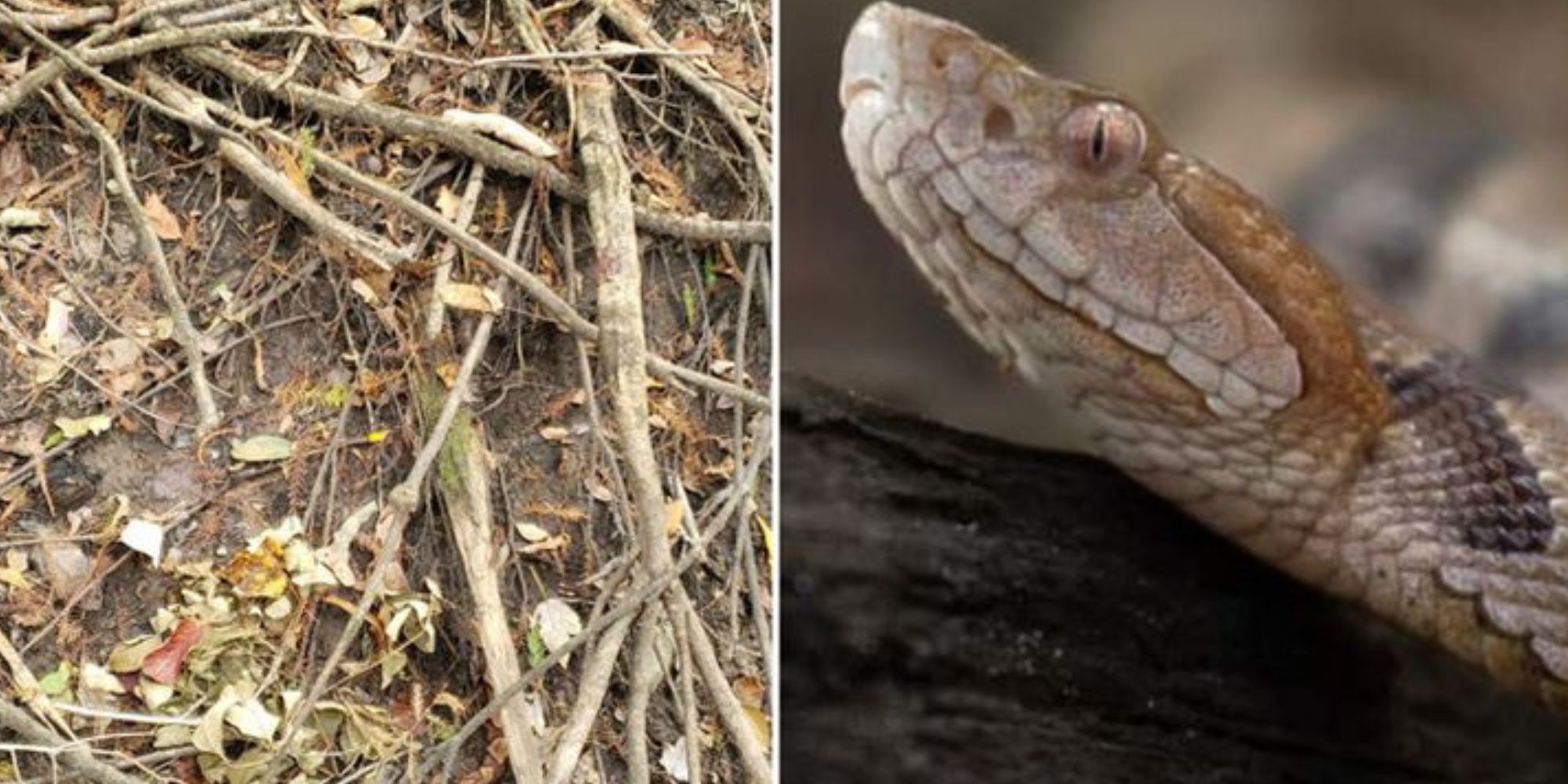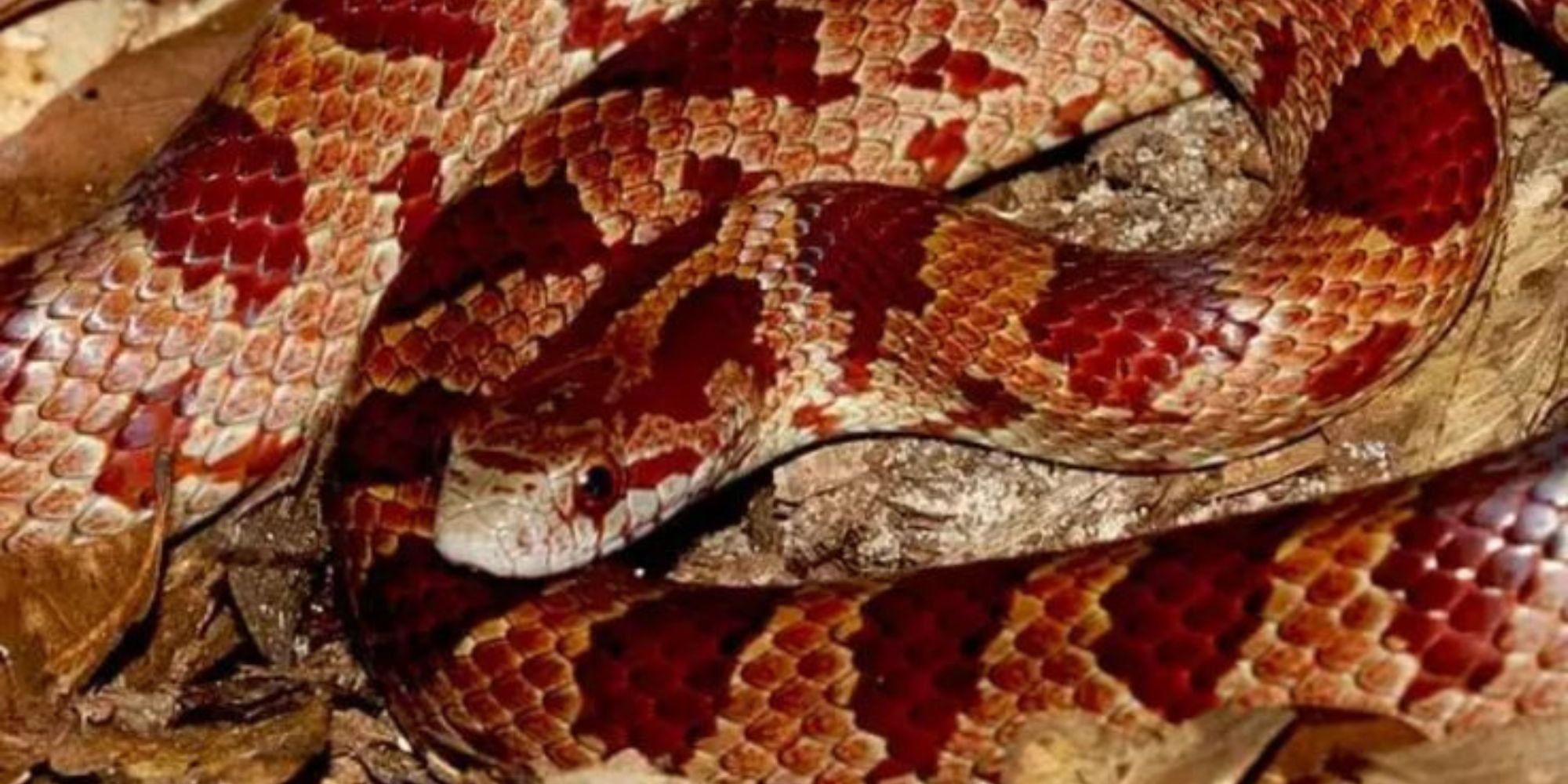Posted inUncategorized
Posted inUncategorized
Snake Belly: Complete guide
The belly of a snake, known as the ventral side, is a marvel of natural engineering. Covered in specialized scales, it plays a vital role in movement, thermoregulation, and survival. From slithering across diverse terrains to sensing vibrations and regulating body temperature, the snake's belly is essential to its way of life. Discover the fascinating functions of this unique anatomy and why protecting snakes is crucial for maintaining biodiversity.
















